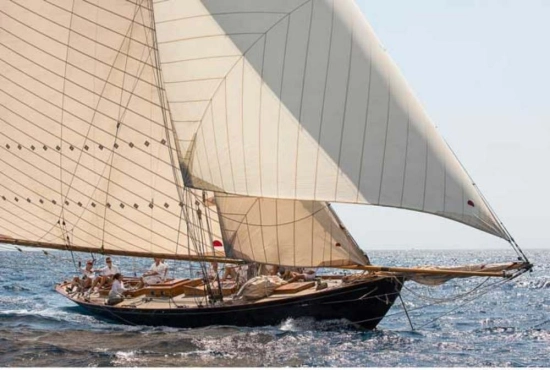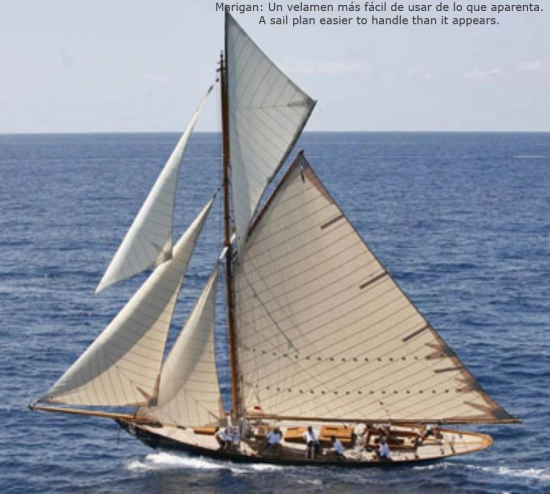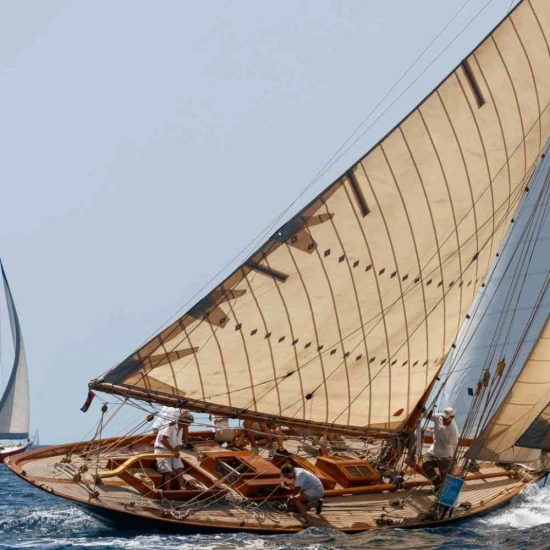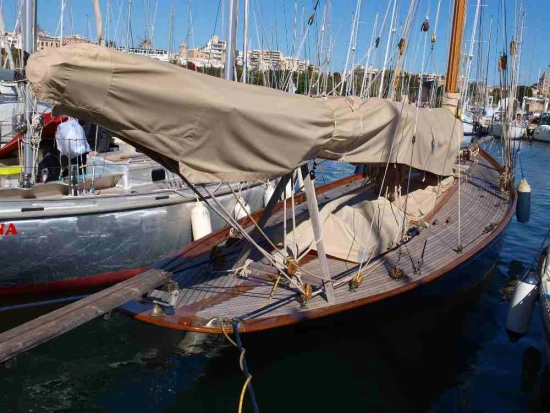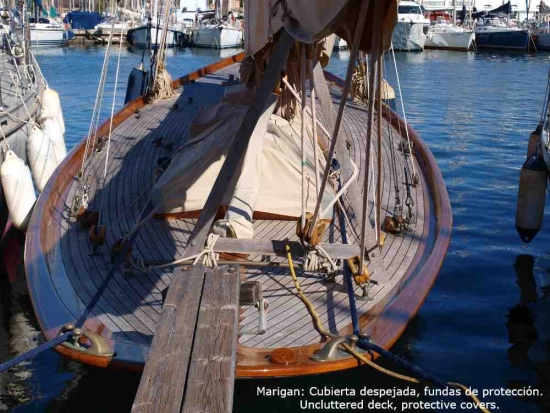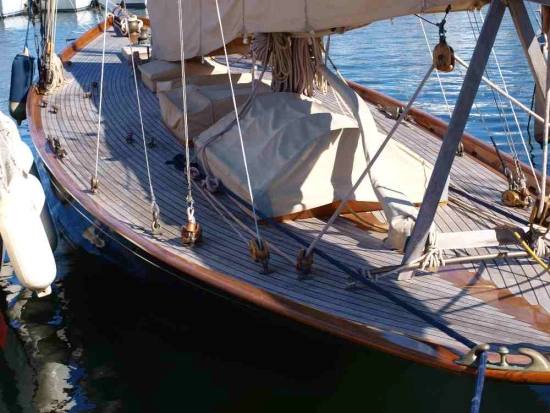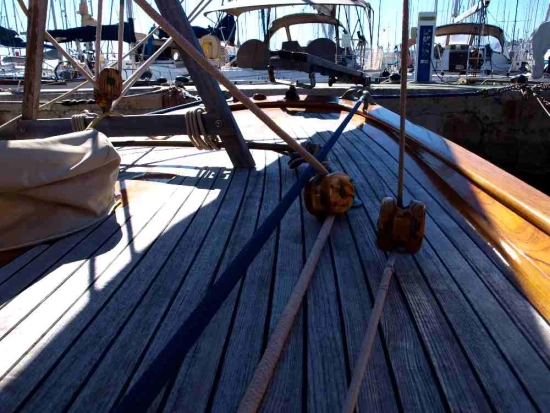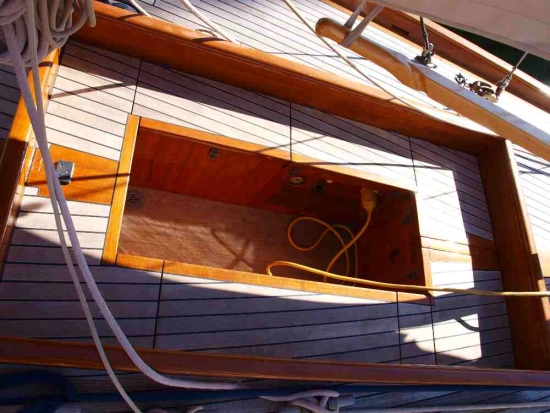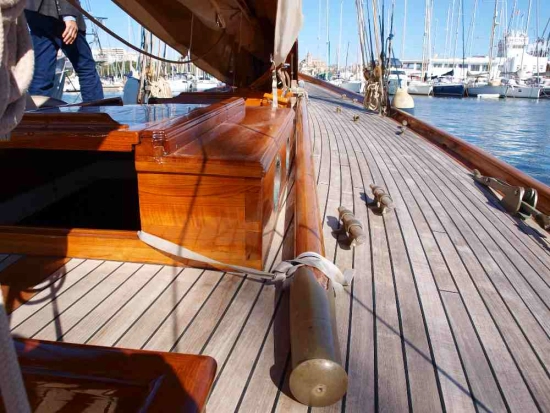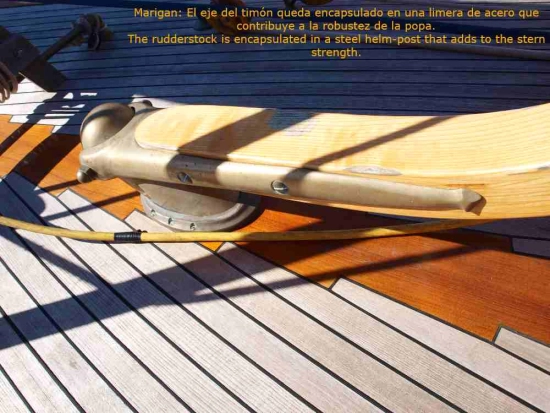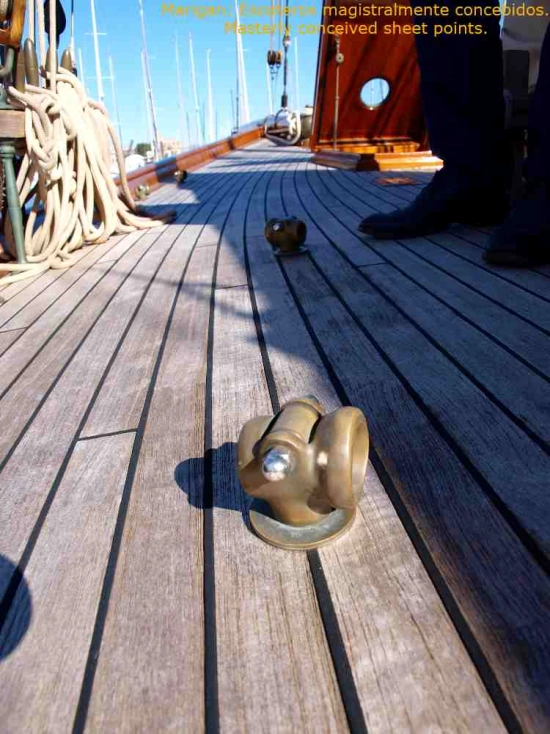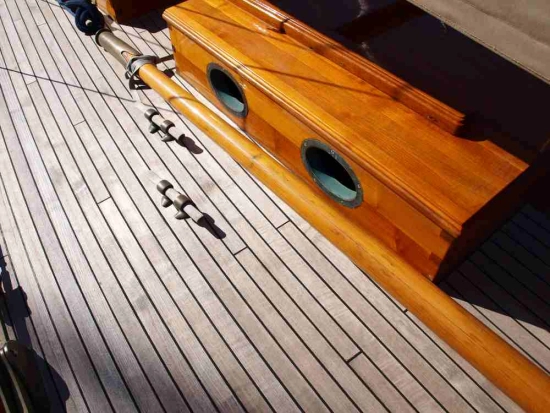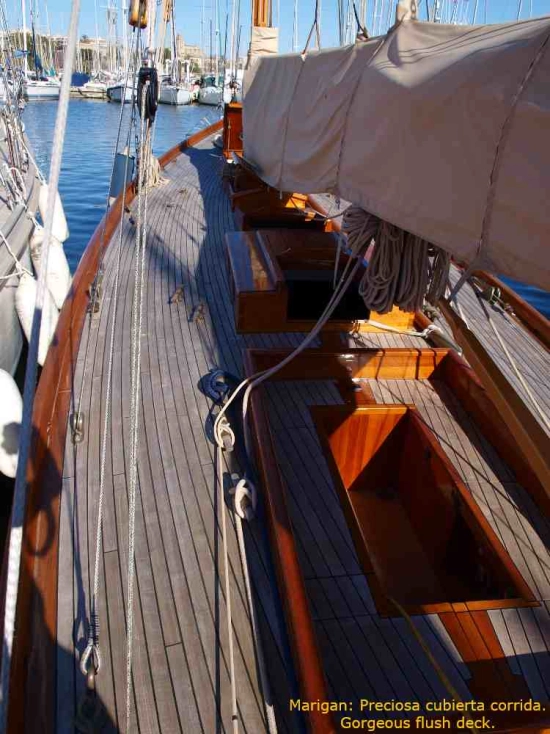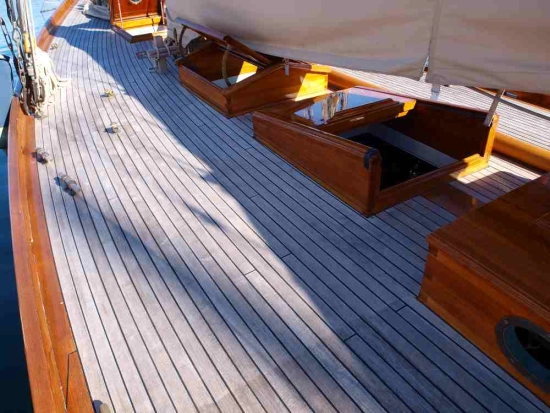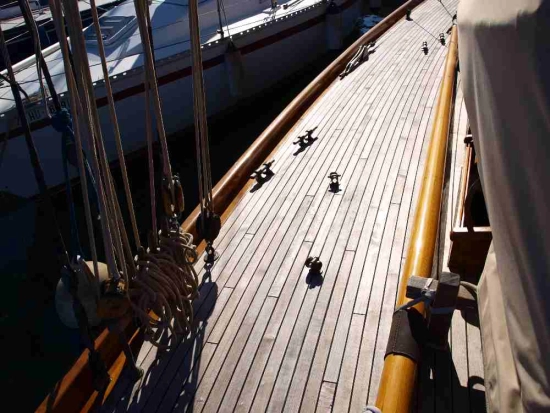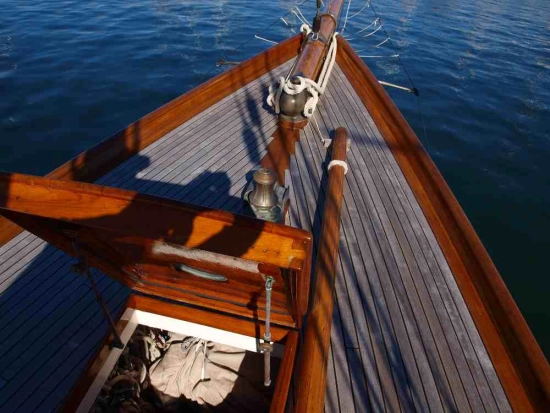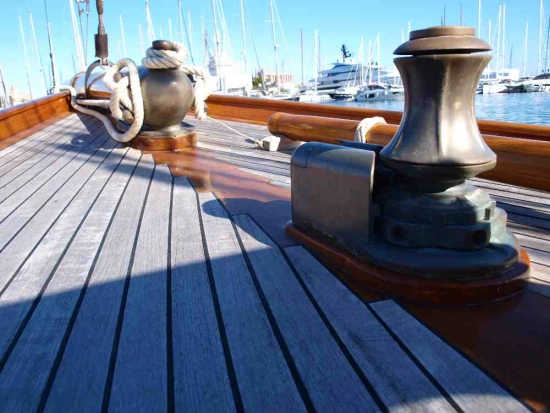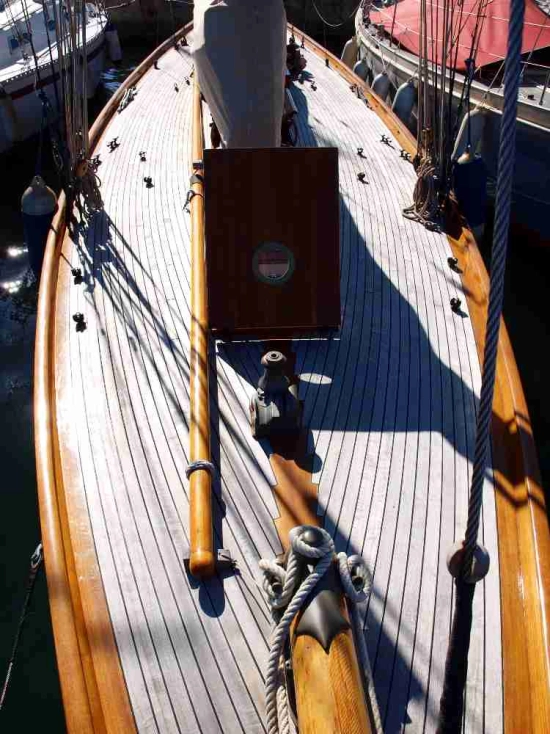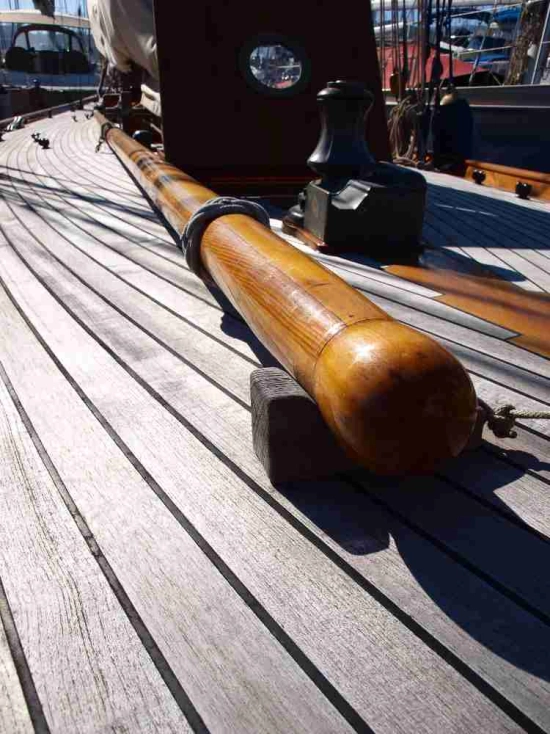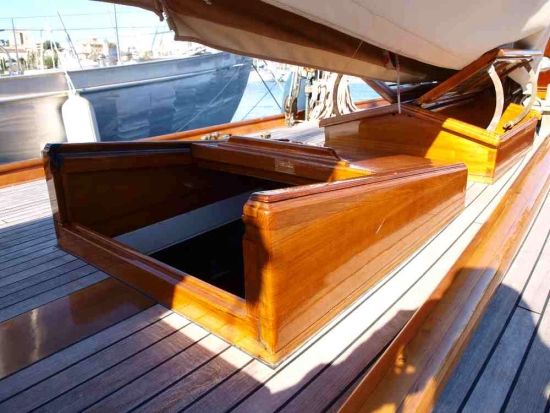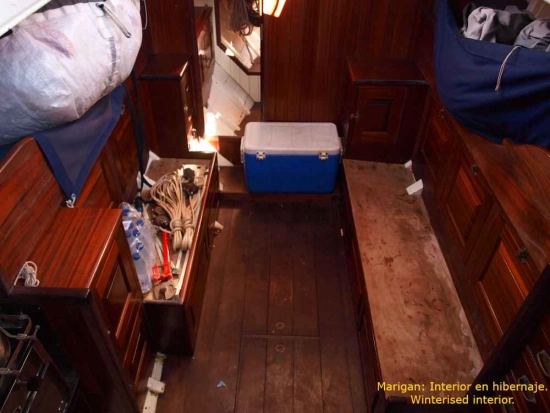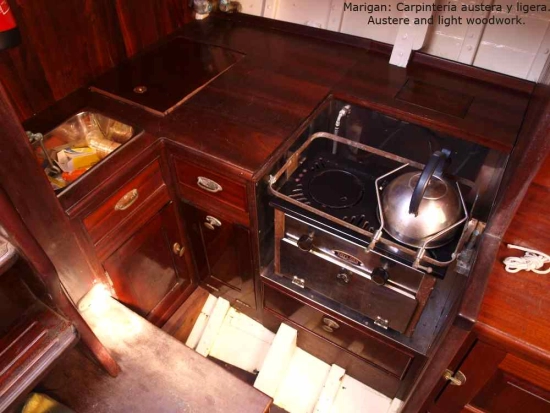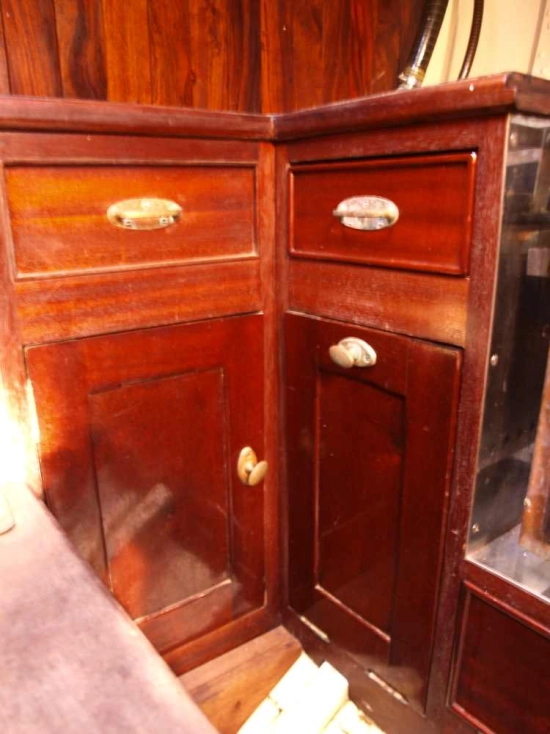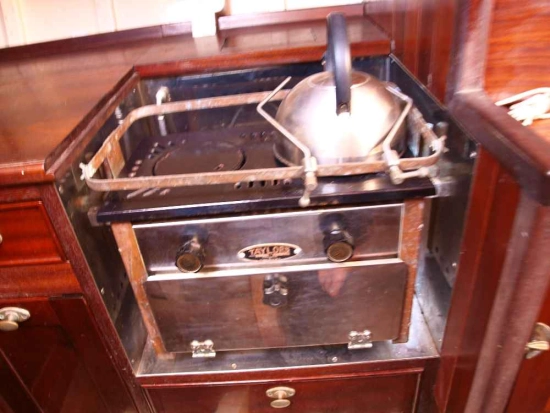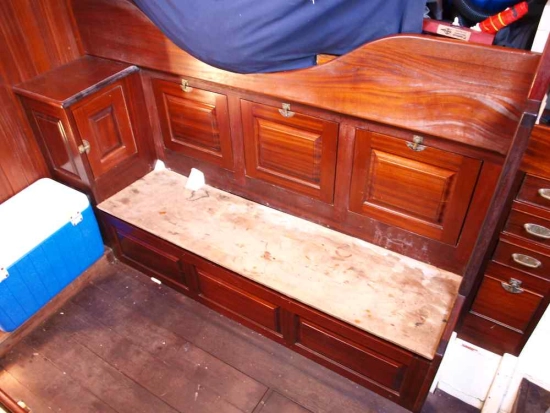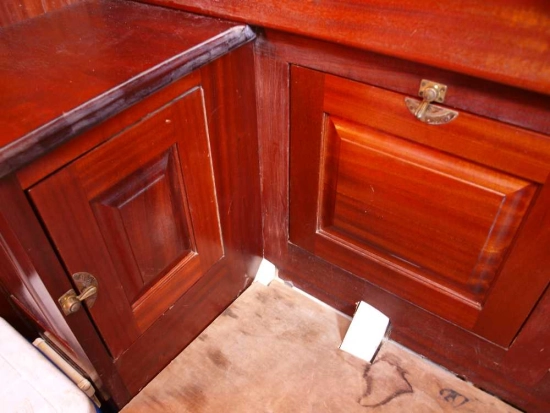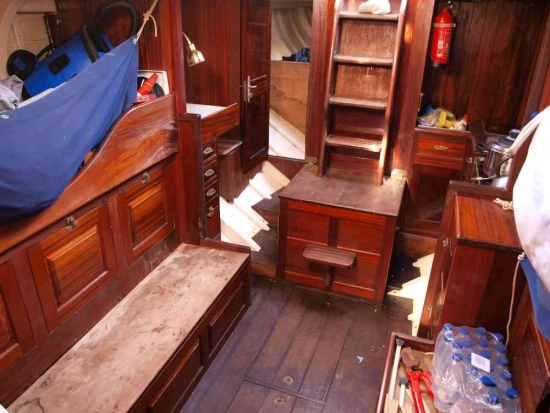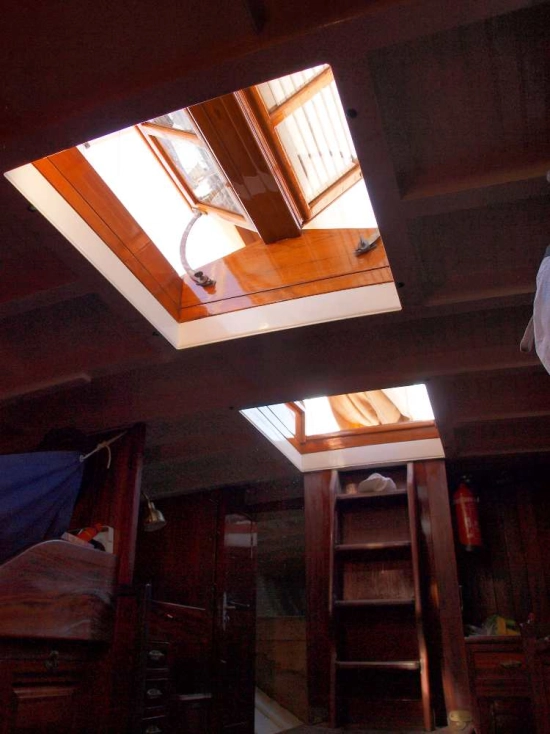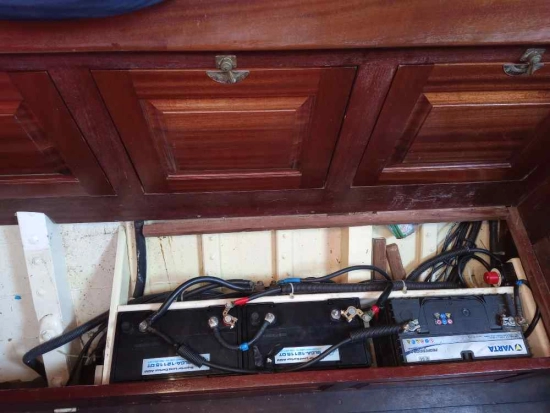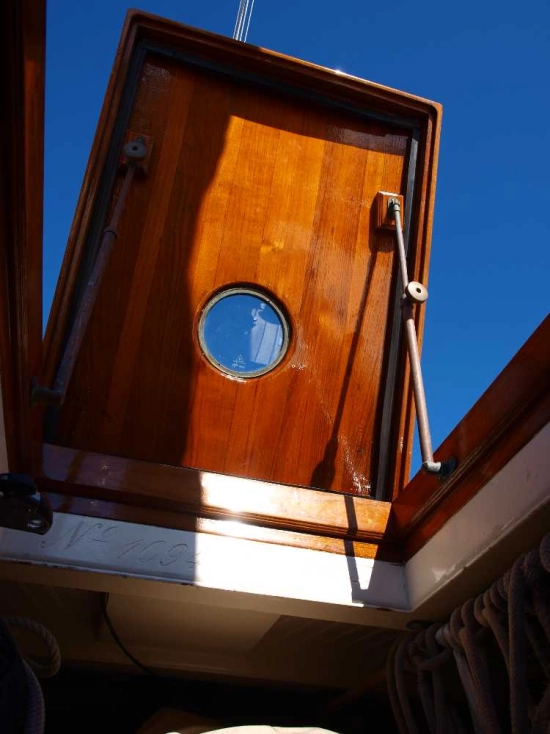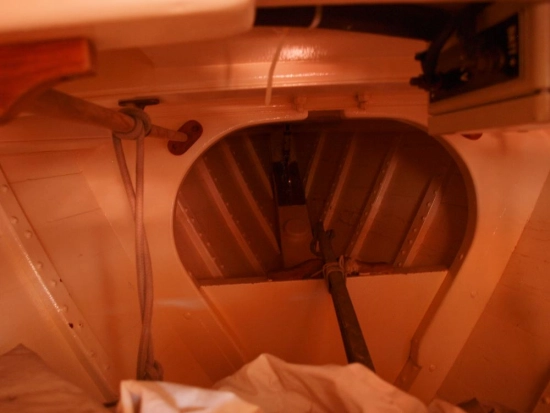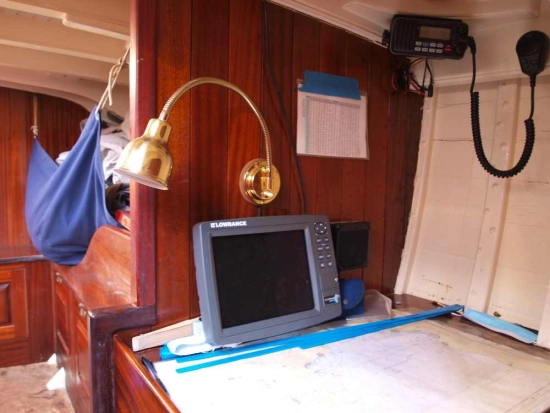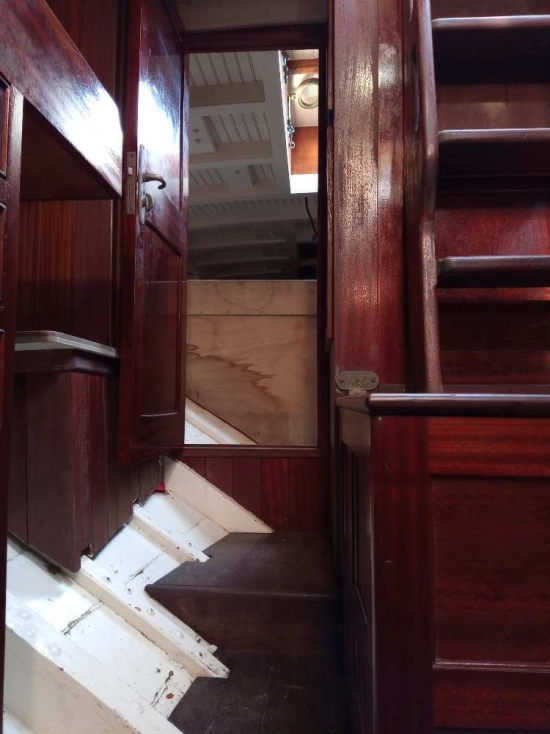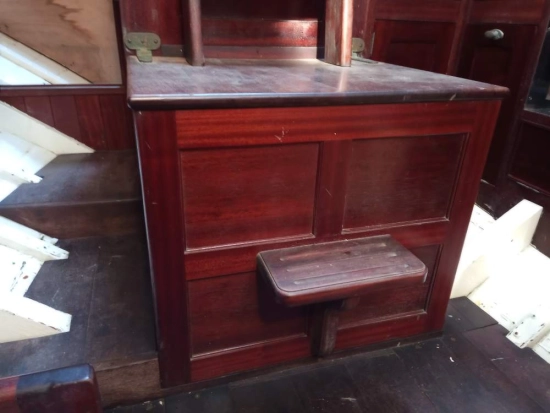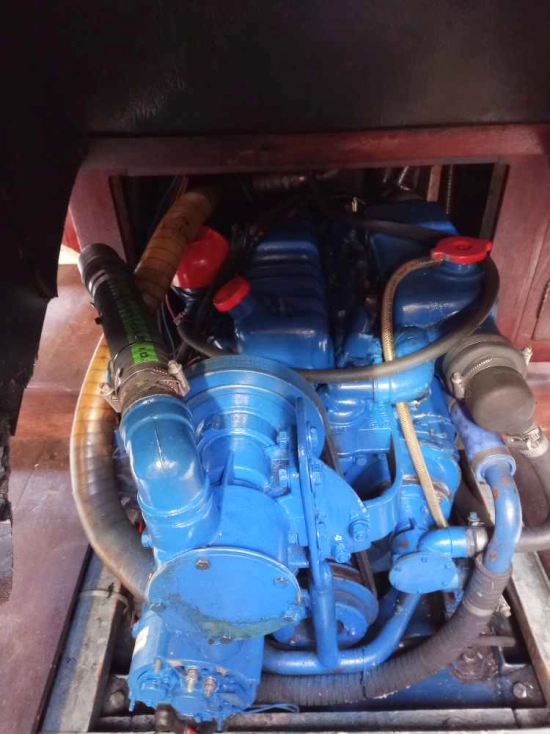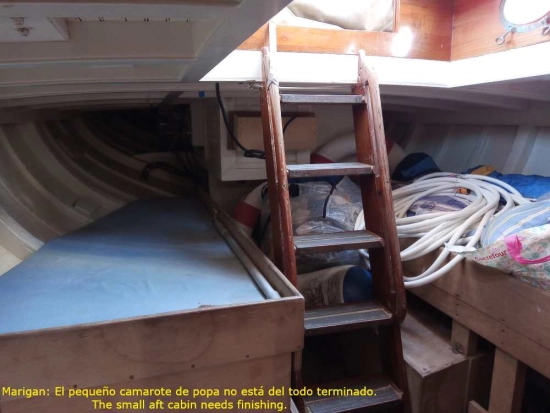Samuel Bond Cútter de época de vela cangreja usedPrice - 390.000 €
Beautiful Victorian epoch sailboat. It's perfect
Sailboat Samuel Bond Cútter de época de vela cangreja used preowned of type cutter sailboat from the year 2006 with 15.2 m length at Palma de Mallorca, Spain
The Samuel Bond Cútter de época de vela cangreja preowned is one of the 2006 shipyard models of the year 2006. It is a sailboat of type cutter sailboat with a price of 390,000€. It has 15.2 m length and 3.3 m in beam. Samuel Bond Cútter de época de vela cangreja has 1 Perkins engine(s) with 47 HP. It has 1 cabin(s) and 1 bathroom(s). It is located in Palma de Mallorca, Spain. More data, details, equipment, and condition of this Samuel Bond Cútter de época de vela cangreja used for sale can be found below.
Samuel Bond Cútter de época de vela cangreja - Description
We recommend reading the full text in the original language (Spanish) to avoid confusion due to automatic translation.
Birkenhead is a city opposite Liverpool, separated by the Mersey River. Since the early 19th century it has a long tradition of naval construction, whether civil or military, and one of the most famous shipyards was the one that founded Samuel Bond at the beginning of the 1970s of the 19th century. The activity of his shipyard lasted without interruption until 1962. Among its clients were most of the members of the Royal Yacht Club of Mersey, a club of brilliant history, still being of the small ones, compared to the English clubs of the southeast and the Scots. In the second half of the nineteenth century, the nautical sport experienced unprecedented growth throughout the United Kingdom, thanks especially to the long period of economic boom that followed the Napoleonic wars and many passionate sailors began to design their own ships with different luck. Charles Livingston (1857-1937) was quite successful and designed victorious ships of different streaks, some steam yacht and some monotypes. For his good technical expertise, he was involved in the English challenges of the American Cup of Lord Dunraven and Sir Thomas Lipton. When designing the Molita for its own use, it was inspired by the new lines inaugurated six years earlier by the Dora of Glenn Watson and the Valkyrie designed for the challenge of Lord Dunraven of 1893: The roll in the form of a spoon (spoon bow), the rather triangular shape of the lateral profile, with reduced wet surface, the tilted elbow and a clear cover. The crab cutter mat was the most sporty then in a boga and due to its dimensions the Molita was coded with the best 10 raters of the time. Livingston sent him to build by Samuel Bond. Although he was the personal ship of his designer and carried the diminutive name of his daughter (Molly), the Molita did not often appear under the light of history. We are supposed to run many races and perform some short domestic water cruise, from the Merseyside to Scotland, places where Livingston lived, because its dimensions were not those that were then used for larger cruises. We know that, like many other ancient sailboats of the last century, there by the Thirty Years of the XX, he received his first explosion engine, a Bergius-Kelvin with a shaft lade to port, not to weaken the codaste and his mate was replaced by the Bermudian cutter, then already rugged enough to not give rise to accidents. His current owner found him in Scotland in quite complicated conditions and, by taking him to his home in Mallorca, he assumed the task of restoring everything in the most robust way possible, keeping the original forms of Livingston's design. In this way, the keel is made of Black Alamo, while roda and codaste are of laminated iroko, the main notebooks were rebuilt in iroko, the secondary ones are of steam curved oak. The hull lining is from Florida pine, today very difficult to find, and from Oregon and the teak cover rests on two layers of plywood and one of pine. All the bolts are bronze and the cover mat is made up of pieces built with the same type of bronze, withdrew on deck and finished by plates and bronze bolts. The obenques are attached to some steel cadenotes which in turn are connected to moulded iroko bats and reach the stick’s spool, creating a continuous structure. The interior is designed for regattas and daily departures, rather than for high cruise and some details are to be finished, especially in the stern cabin. As a true pureblood the Marigan carries its structure of construction in sight and it makes part of its charm and its beauty. It is a boat that is in excellent condition and has shown that you can win races with a crew of family and friends. Its owner also offers family walks through the bay of Palma, with all the rag in the air, constituting a fine print in the beautiful panorama of the island. And it is that the Marigan is in a position to endure any strong and high effort that is, without decompensating anywhere.
Samuel Bond Cútter de época de vela cangreja - Equipment
We recommend reading the full text in the original language (Spanish) to avoid confusion due to automatic translation.
Boat built in 1898 and completely restored in 2006. 4-leaf propeller. Ratsey & Lapthorn Velas 2014 and 2019. Electronic BeastG with Lowrance Trace.
